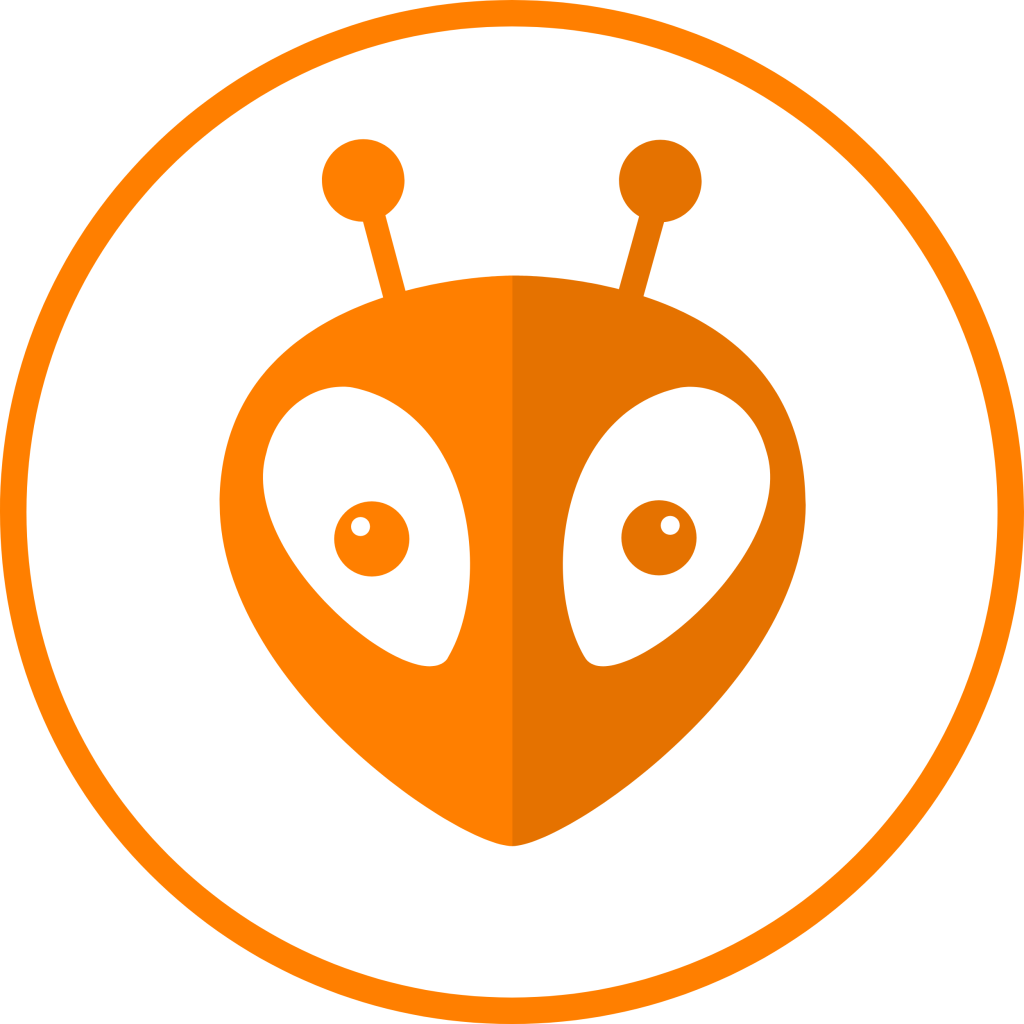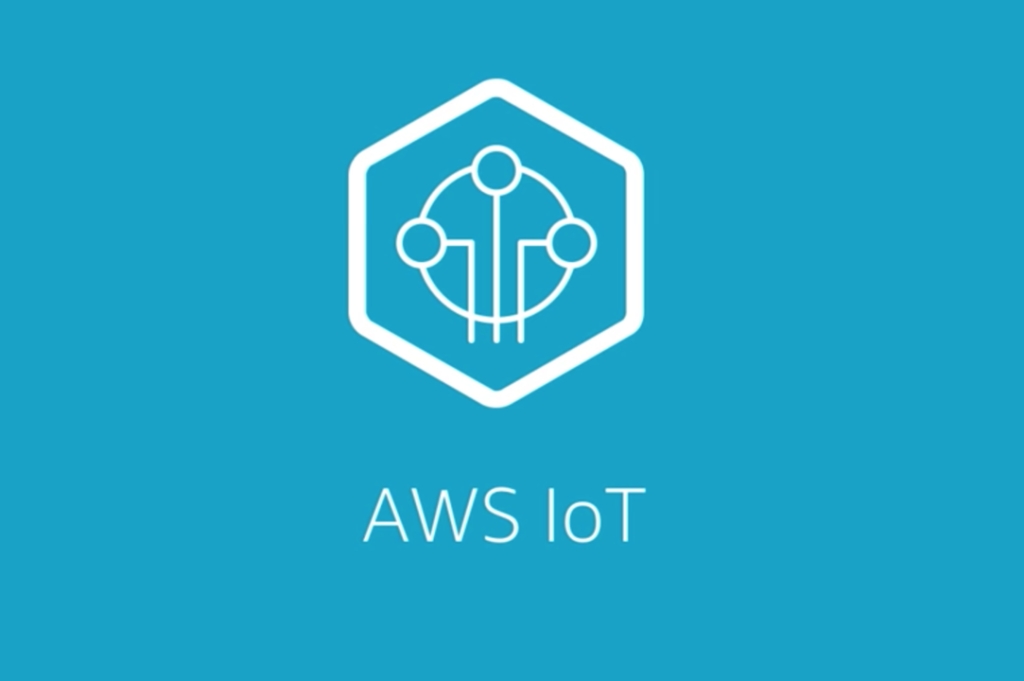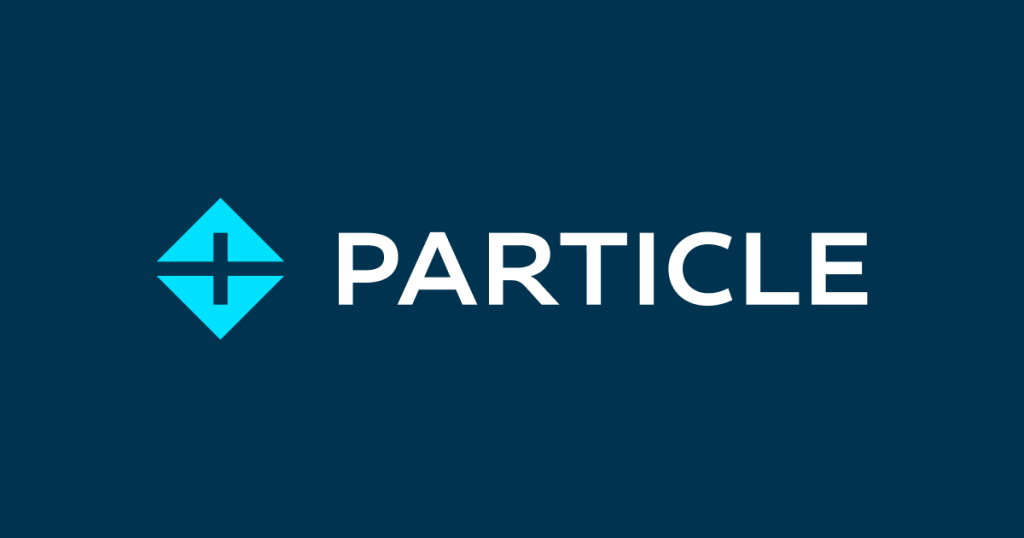Top 10 Tools Useful for IoT Development in 2024
The Internet of Things (IoT) has ushered in a transformative era, intertwining devices, systems, and people to create a more interconnected and intelligent world. As we step into the year 2024, the landscape of IoT development continues to evolve at an unprecedented pace. This evolution is fueled by technological advancements and a growing demand for innovative solutions. To thrive in this dynamic environment, developers require powerful tools that not only streamline the development process but also enhance overall efficiency. This article delves into the heart of IoT development, exploring not just the top 10 tools, but providing an in-depth understanding of their features, use cases, and how they synergize to shape the future of connected technologies.
Table of Contents
Top 10 tools for efficient IoT development in 2024.
1. PlatformIO: A Versatile Development Ecosystem
PlatformIO has become a cornerstone in the toolkit of IoT developers due to its unparalleled versatility and compatibility with various development platforms. This open-source ecosystem simplifies project management by providing a unified interface for configuring, building, and uploading code across diverse microcontrollers. Its extensive support for over 1,000 embedded boards and seamless integration with popular IDEs, such as Visual Studio Code, make PlatformIO an indispensable tool for IoT developers aiming for efficiency and flexibility in their projects.

Beyond its fundamental capabilities, PlatformIO continues to evolve, adapting to the changing needs of developers. The latest updates in 2024 bring enhanced support for emerging microcontroller architectures, improved debugging features, and a more intuitive user interface. The platform’s commitment to staying at the forefront of IoT development tools ensures that developers can rely on it for the challenges posed by the ever-expanding IoT landscape.
2. ThingSpeak: Unleashing the Power of IoT Analytics
ThingSpeak, developed by MathWorks, stands out as a potent tool for IoT developers seeking to collect, analyze, and visualize data from their connected devices. Its real-time data streaming capabilities, coupled with seamless integration with MATLAB, empower developers to perform advanced analytics and gain valuable insights from their IoT projects. ThingSpeak’s user-friendly interface is designed to accommodate both beginners and seasoned developers, making it a preferred choice for prototyping and deploying IoT applications.

In 2024, ThingSpeak has undergone significant updates to enhance its scalability and support for various IoT protocols. New features include advanced data filtering, custom visualization options, and expanded compatibility with edge computing platforms. The ability to seamlessly integrate with other MathWorks products and third-party analytics tools makes ThingSpeak a robust choice for IoT developers looking to harness the full potential of their data.
3. AWS IoT Core: Powering Scalable and Secure IoT Solutions
Amazon Web Services (AWS) remains a dominant force in cloud computing, and its IoT Core service continues to be a lynchpin for IoT development. AWS IoT Core provides a robust foundation for securely connecting and managing IoT devices, coupled with scalable infrastructure to accommodate projects of varying sizes. As we delve into 2024, AWS has introduced new features such as enhanced device management, advanced security protocols, and expanded integration with edge computing services.

The seamless integration with other AWS services is a standout feature of AWS IoT Core. From serverless computing with AWS Lambda to data storage and retrieval using Amazon S3, the AWS ecosystem offers a comprehensive suite of tools for every stage of IoT development. As the demand for scalable and secure IoT solutions continues to grow, AWS IoT Core remains a top choice for developers aiming to leverage the power of the cloud in their projects.
4. Particle.io: A Holistic Approach to IoT Development
Particle.io has carved a niche for itself by providing an end-to-end IoT development platform that encompasses hardware, software, and connectivity solutions. The range of IoT development kits, such as the Particle Argon and Boron, coupled with the Particle Cloud platform, simplifies the process of building and deploying IoT applications. Over-the-air updates, secure device management, and a vibrant developer community contribute to Particle.io’s popularity among both beginners and experienced IoT developers.

In the landscape of 2024, Particle.io has expanded its ecosystem to include new hardware offerings and enhanced cloud services. The introduction of 5G-compatible devices, improved edge computing capabilities, and expanded integrations with third-party services position Particle.io as a forward-thinking platform ready to address the evolving needs of IoT developers. The platform’s commitment to simplicity and innovation makes it a valuable asset in the toolkit of IoT developers.
5. Eclipse IoT: Navigating the Open Source Frontier
Eclipse IoT stands as an open-source ecosystem designed to simplify and streamline various aspects of IoT development. With a set of tools and frameworks covering device connectivity, data distribution, and security, Eclipse IoT provides a modular and extensible approach to building scalable and interoperable IoT solutions. Projects like Eclipse Paho, Eclipse Mosquitto, and Eclipse Kura form the backbone of this ecosystem, offering a rich set of features for IoT developers.

In 2024, Eclipse IoT continues to evolve with updates focused on improving compatibility with emerging IoT standards and protocols. The emphasis on fostering collaboration within the developer community has resulted in enhanced documentation, tutorials, and support forums. The open-source nature of Eclipse IoT ensures that developers have access to cutting-edge tools and technologies, making it a go-to choice for those who value community-driven innovation in their IoT projects.
6. Google Cloud IoT: Bridging the Gap with Seamless Integration
Google Cloud IoT has established itself as a comprehensive set of tools and services, enabling the development of secure and scalable IoT applications. Cloud IoT Core, a fully managed service, facilitates secure communication and management of IoT devices. As we step into 2024, Google Cloud IoT has introduced new features such as enhanced device provisioning, improved data processing capabilities, and expanded integration with machine learning services.

The seamless integration with other Google Cloud services, such as BigQuery and Cloud Pub/Sub, positions Google Cloud IoT as a versatile platform for real-time data analysis and processing. Developers can leverage Google Cloud’s global infrastructure for deploying IoT applications at scale. With its robust security features and continuous innovation, Google Cloud IoT remains a compelling choice for developers aiming to harness the full potential of the cloud in their IoT projects.
7. Arduino IoT Cloud: Empowering Rapid Prototyping
Arduino, known for its contributions to open-source hardware and software, has expanded its offerings to include the Arduino IoT Cloud. This platform simplifies the process of connecting Arduino devices to the cloud, enabling developers to prototype and deploy IoT solutions rapidly. The user-friendly interface and support for various Arduino boards make Arduino IoT Cloud accessible to developers of all skill levels, from beginners to experienced professionals.

In 2024, Arduino IoT Cloud has undergone updates to enhance its support for emerging IoT standards and protocols. New features include improved device management capabilities, expanded compatibility with third-party sensors and actuators, and enhanced integration with machine learning frameworks. The platform’s commitment to simplicity and its vast ecosystem of hardware components make Arduino IoT Cloud an ideal choice for IoT developers focused on rapid prototyping and experimentation.
8. Microsoft Azure IoT: Navigating the Azure Ecosystem
Microsoft Azure IoT stands out as a comprehensive cloud platform designed for developing, deploying, and managing IoT applications. Azure IoT Hub, the core service, facilitates secure and bi-directional communication between IoT devices and the cloud. As we move into 2024, Microsoft Azure IoT has introduced new features such as enhanced edge computing capabilities, improved integration with Azure Functions for serverless computing, and expanded support for industrial IoT scenarios.

Azure IoT Suite offers pre-configured solutions for common IoT use cases, providing a head start for developers looking to address specific industry challenges. The seamless integration with Microsoft’s development tools, such as Visual Studio and Azure DevOps, ensures a familiar and efficient development experience. As the IoT ecosystem continues to mature, Azure IoT remains a powerful ecosystem for developers aiming to build scalable and intelligent connected solutions.
9. Docker: Containerization for Efficient IoT Deployment
Docker, a leading containerization platform, has become a pivotal technology in the IoT development toolkit. Containerization enables developers to package applications and their dependencies into isolated containers, ensuring consistency across different stages of development and deployment. In 2024, Docker continues to evolve with updates focused on improving container orchestration, security features, and compatibility with edge computing environments.

Developers leveraging Docker in their IoT projects benefit from increased flexibility and efficiency. The ability to create consistent environments, deploy applications seamlessly, and scale horizontally makes Docker a crucial tool for building and deploying IoT solutions. As the IoT landscape diversifies, Docker’s adaptability ensures that developers can meet the challenges of deploying and managing applications across a wide array of devices and platforms.
10. MQTT (Message Queuing Telemetry Transport): The Backbone of Efficient IoT Communication
MQTT has emerged as a lightweight and efficient messaging protocol critical to the success of IoT communication. Designed to facilitate real-time communication between devices, MQTT is ideal for scenarios where low latency and minimal bandwidth usage are crucial. The publish-subscribe model of MQTT allows devices to communicate asynchronously, enhancing the scalability of IoT app development.

In 2024, MQTT will continue to be a fundamental protocol in the IoT ecosystem. Its wide industry adoption and support from various IoT platforms make it a go-to choice for developers seeking efficient and reliable communication between connected devices. The flexibility of MQTT ensures that it remains a crucial component in the toolkit of IoT developers, enabling seamless and scalable communication across diverse IoT scenarios.
Conclusion:
As we delve deeper into the IoT era, the tools available to developers play a pivotal role in shaping the landscape of connected devices. The top 10 tools discussed in this comprehensive guide offer a diverse set of capabilities, from simplifying development workflows to providing scalable cloud solutions. Navigating the complex world of IoT development requires a holistic understanding of these tools, their features, and how they synergize to address the unique challenges posed by the ever-expanding IoT landscape.
Whether you are a seasoned IoT developer or just embarking on your journey, staying abreast of the latest tools and technologies is essential to harness the full potential of the Internet of Things. The tools covered in this guide represent the current state of the art in IoT development, providing a solid foundation for building innovative and efficient IoT solutions in 2024 and beyond. As the IoT ecosystem continues to evolve, embracing these tools will empower developers to create connected experiences that redefine the way we interact with the world around us.

